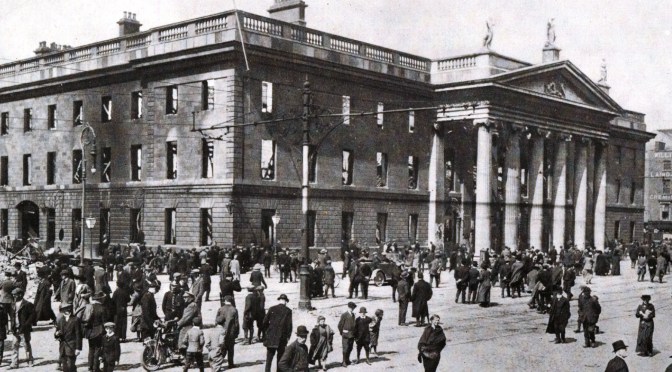
At first glance, a Chinese instruction manual of some kind.
But look closely: everything here - every single word without exception - is in English.
This is An Introduction to Square Word Calligraphy, a livre d'artiste by the acclaimed Chinese contemporary artist Xu Bing. 1/7

But look closely: everything here - every single word without exception - is in English.
This is An Introduction to Square Word Calligraphy, a livre d'artiste by the acclaimed Chinese contemporary artist Xu Bing. 1/7


With his 'Square Word Calligraphy', Xu Bing devised a method of writing English words in rectangular arrangements which resemble Chinese characters. There is a code of calligraphic script elements which map to the 26 Roman letters. 2/7 



Relatively simple rules for the composition of the square words allow you to write English using Chinese calligraphic principles. 3/7 

As a piece of conceptual (or grammatological) art, Xu Bing composed and has published his manual of 'Chinese-style calligraphy' written entirely in these English 'square words' themselves. 4/7 

The manual looks as if it might be written in Chinese script, but once the code is learned it is perfectly legible as English. 5/7 

This is a 2000 revised edition of Xu Bing's 'Introduction', first issued in 1996. In this edition, the chief examples are produced as original rubbings. Xu Bing has had the Square Word models in the second part of the accordion-bound manual carved on stone.... 6/7 







..... and then, in the traditional manner, rubbings were made from the stones. These were then cut into sheets, lined and pasted onto the openings of the accordion-bound volume. 7/7 







The two large characters on the left side of the title page say "Square Word" and the two smaller characters on the right say "Xu Bing". The six characters in the column at far left of the first text page say "An Introduction To Square Word Calligraphy".
• • •
Missing some Tweet in this thread? You can try to
force a refresh



















